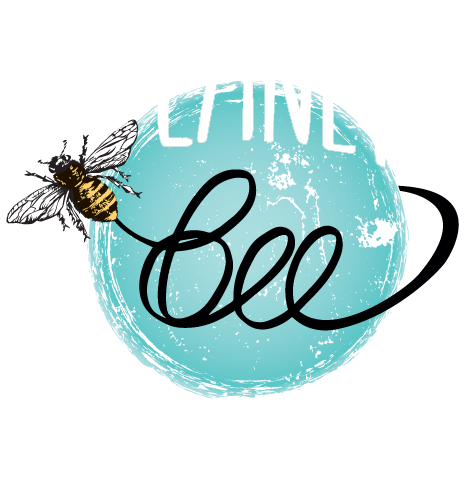
HOW TO MAKE A SEED BALL

PLANT SEED BALLS TO GROW FLOWERS FOR BEES
Guide to Making Seed Balls and Where to Find Seeds
Planting flowers is a great way to support bee populations! Bees get all of their food (nectar to make honey, and pollen) from flowers. Making seed balls is an easy, fun way to plant flowers on the go, but it is important to get native seeds that have not been treated with pesticides, especially neonicotinoids (aka neonics). Find plants for your region here! Neonics attack the nervous systems of bees, which can kill bees or cause incredible damage that impairs their immune system and ability to navigate, forage, communicate, and more. The label “pollinator-friendly” sometimes only means “pollinator attractive”, and many plants with that label have tested positive for neonics.
Seed Ball Making Videos
Seed Ball Making Directions

1. Take a small piece of clay, about the size of a quarter.

2. Roll your clay into a ball.

3. Use one finger to make a deep dent in your clay, so it now looks like a mini bowl or pot.

4. Add a small pinch of soil into your clay bowl..

5. Add about 5-10 native, pollinator-friendly wildflower on top of the soil.

6. Pinch the clay closed again, so the seeds can’t fall out.

7. Roll your clay back into a ball.

8. Wrap up your seed ball in a piece of newspaper to keep your pockets clean.

9. Find a place to grow flowers.

10. Remove your seed ball from the newspaper and toss/drop your seed ball onto the dirt!
Do You Have a Need for Seeds
-
Visit a seed library! Many public libraries have this resource, which is usually free or low cost.
-
Harvest seeds from your own plants! It is best to look up the process for each individual plant you plan to save seeds from, but this is a great resource to start with.
-
Purchase seeds from a local nursery that does not use pesticides, especially neonics. Here is a list of some nurseries that do not use pesticides, or call your local nursery and ask about their pest management strategies.
-
Purchase seeds online. Here are some options, and Eden Brothers is another great source.
-
Attend a local seed swap or seed exchange! These events happen frequently in the beginning of the year into spring time and on.
-
Request seeds from your neighbors by reaching out on a “Buy Nothing” site or neighborhood forum like NextDoor. Gardeners are often generous and helpful, plus you can get to know your community!
